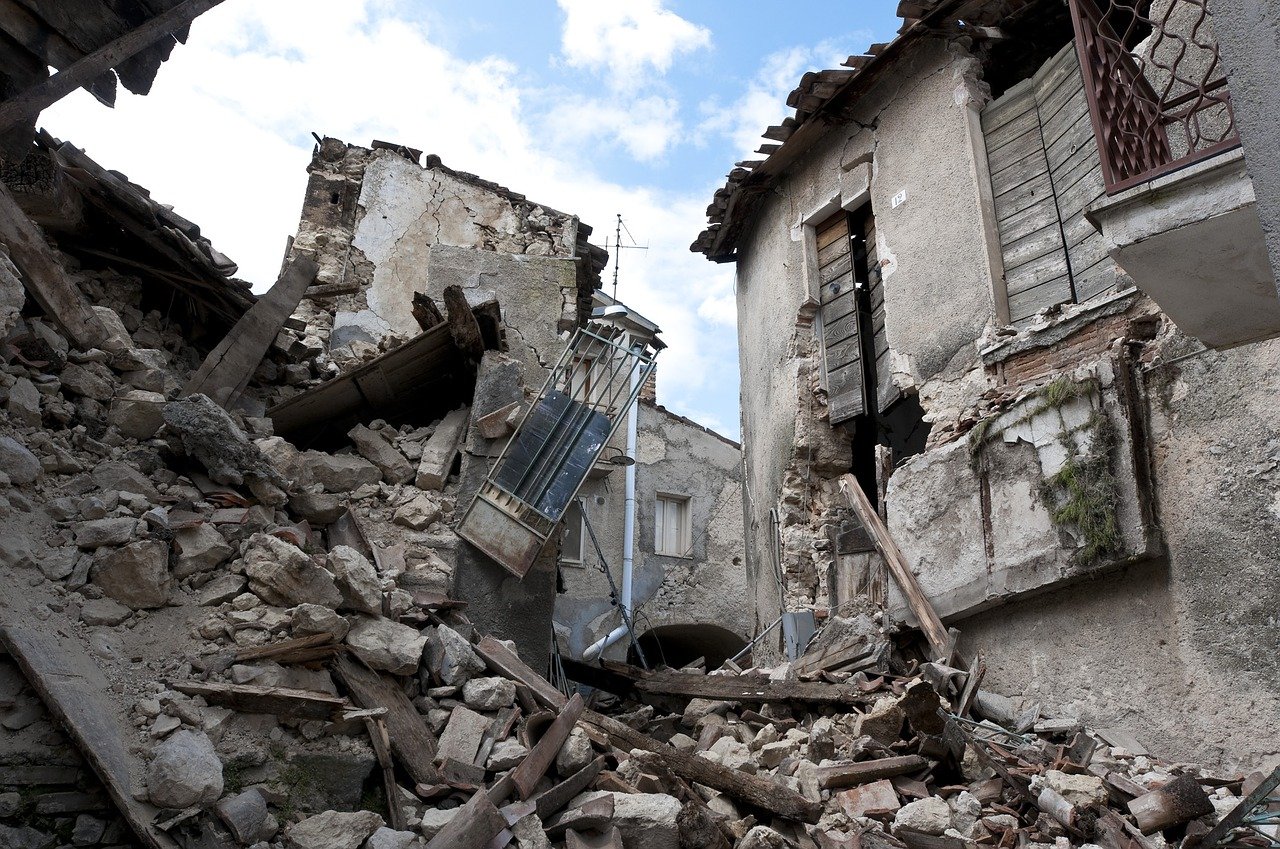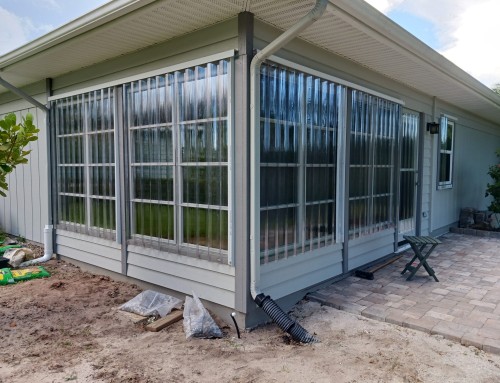Earthquakes and hurricanes, floods and fires, and other natural disasters have a negative impact on homes and businesses alike.
We’ve all witnessed nightmare scenarios such as hurricane Katrina, Irma, Harvey, Superstorm Sandy, Australia and California fires, the recent volcanic eruption in the Canary Islands, and many other natural disasters.

Leading your company through such disasters can be a nerve-wracking experience. You not only have to worry about your clients, but also your employees, equipment, office, and community.
While you can’t prevent a natural disaster from occurring, there are various ways to counter the effects a disaster has on your business. One of them is by having a post-recovery disaster plan.
If you run a construction business, this post is for you. We will cover the best options you have to not only recover but also run a thriving business after a disaster strikes.
So, here are the best options for a construction company in case of a natural disaster.
6 ways a construction company can manage a natural disaster
1. Implement your disaster recovery plan
How you implement your disaster recovery plan can make all the difference when getting your construction business back on its feet.
In this guide, the U.S Chamber of commerce recommends that businesses implement their recovery plan immediately after encountering a disaster.
Implementing your recovery plan immediately ensures all the correct procedures are carried out and you recover as soon as possible.
If you don’t have a disaster recovery plan yet, it is important that you create one and train your employees on how to implement it.
Training employees ensure everyone in your organization knows who to notify in case of a disaster and the exact steps to take to limit property damage and preserve life.
If possible, practice the procedures by setting up regular drills with your employees. This ensures everyone in your team is equipped with the right information and knows what to do.
2. Get in touch with your insurance company
Depending on the extent of loss, it is important that you reach out to your insurance company ASAP.
Document all the damage your business has suffered and get in touch with your insurance company representative.

3. Reach out to SBA or FEMA immediately
The Small Business Administration (SBA) and Federal Emergency Management Agency (FEMA) have resources and support programs that help business stay on their feet in case of a disaster.
The SBA provides loans up to $2 million, while FEMA has emergency management programs that can assist in an emergency.
You can reach FEMA at 1-800-621-3362 and the SBA’s emergency assistance team via 1-800-659-2955.
Visit the SBA and FEMA websites to learn more about their disaster recovery programs and resources.
4. Get IRS assistance
If your company is located in areas where the federal government has declared a disaster zone, reaching out to the IRS can help lessen your financial burden.
Here are a few ways to get help from the IRS:
Tax deadline extension
You can get a tax deadline extension if your business is located in a disaster area as declared by the Federal Emergency Management Agency. For example, if your business is a victim of Hurricane Ida, you now have until January 3, 2022 to file your business returns and make tax payments.
Leniency and tax reliefs
Depending on how severe the disaster is, the IRS may give tax reliefs to businesses and individuals in areas affected by the disaster.
Visit the IRS disaster page to check whether you qualify for tax relief or deductible expenses after a disaster.
To help you make your claims faster with the IRS, here are two important tips:
- Take photographs of damage- this is helpful when proving that your business has suffered loss
- Keep your receipts- Receipts are helpful in calculating your loss. They might also help you claim tax reliefs or increase deductible expenses when making your claim.
5. Get a low-interest loan
If your business is really strapped for cash it is advisable to get a low-interest business loan.
Many financial institutions have small business loans that can provide you with quick cash during an emergency. Reach out to your bank or lender to explore what financial assistance they may be able to extend to you in case of a disaster.
6. Starting a GoFundMe or IndieGogo campaign
If you run out of options to fund your business, you can leverage social media to stay afloat and help your employees during times of crisis.
With loyal customers, employees, local communities, family, and friends, you may be surprised at how easy raising capital for your damaged business and employees can be on GoFundMe or IndieGogo.
A lot of individuals and small businesses affected by the recent California fires benefited from GoFundme campaigns and were able to raise money to recover from some of the damage.
Conclusion
A natural disaster doesn’t have to be the end of your construction business. With a viable emergency plan and these tips in mind, you can not only safeguard your business in the wake of a disaster but also ensure that it continues to thrive after.






